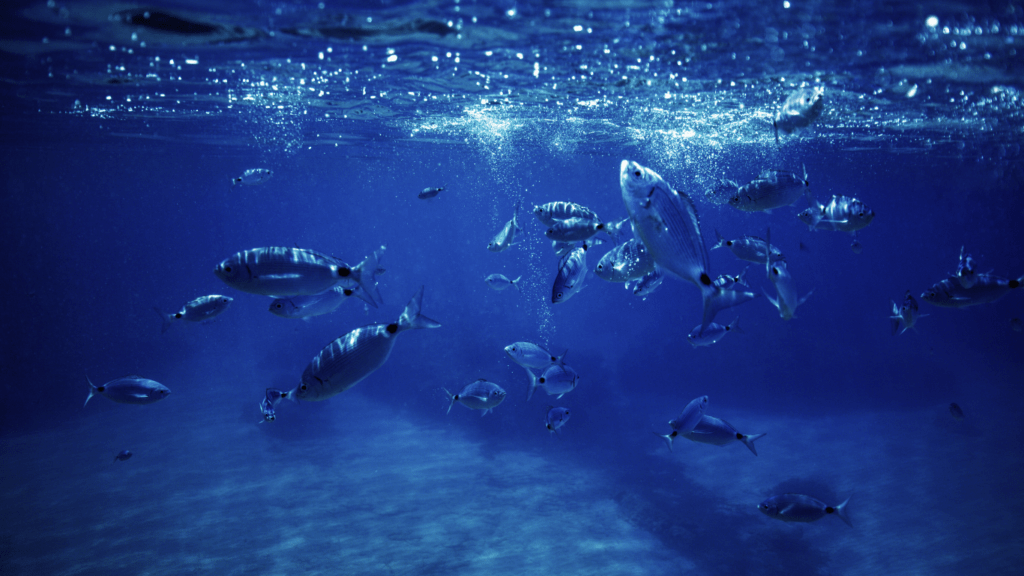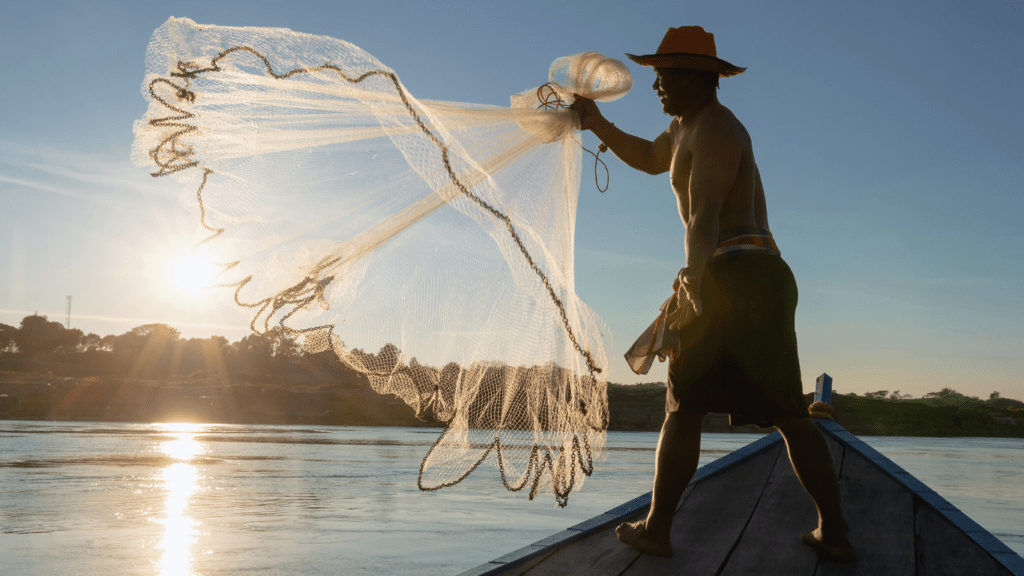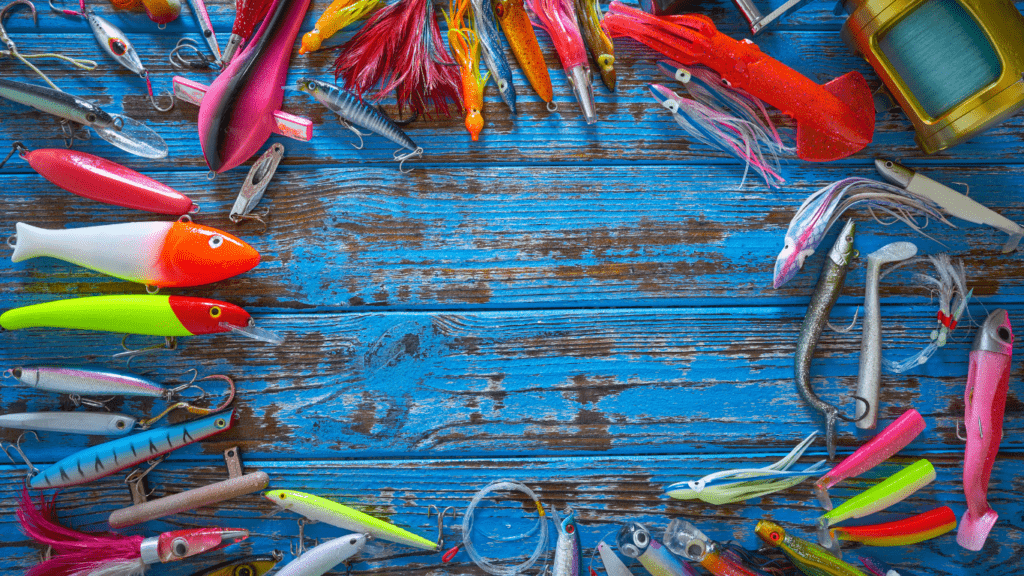Overview Of Breaking Waves: The Latest Fishing News
Global fishing developments continue to shape the industry for professionals and hobbyists alike. Recent technological breakthroughs, like AI-powered fish locators and sustainable fishing gear, are driving innovation. For example, smart nets that reduce bycatch have gained attention for their efficiency and environmental impact.
Regulatory updates are affecting fisheries worldwide. In August 2023, the European Union implemented stricter quotas for cod in the Baltic Sea to protect dwindling stocks. Similarly, the United States increased funding for marine habitat restoration, emphasizing sustainable practices across states.
Climate change remains a pivotal topic. Warmer ocean temperatures and shifting fish migration patterns challenge traditional fishing methods. Reports indicate that species like mackerel are moving further north, impacting coastal economies dependent on these catches.
Major fishing tournaments have generated excitement. The 2023 Big Rock Blue Marlin Tournament recorded its largest-ever winner’s prize of $5.85 million. This highlights the competitive and economic aspects of recreational fishing on a global scale.
Innovations In Fishing Technology
Recent technological advancements are transforming the fishing industry, enhancing efficiency and promoting sustainability. These innovations benefit both commercial and recreational fishermen.
Advances In Sustainable Gear
New sustainable fishing gear designs reduce environmental impact while maintaining catch effectiveness. Smart nets integrate sensors to identify and release non-targeted species, minimizing bycatch. Biodegradable fishing lines made from natural fibers decompose faster in marine environments, lowering long-term pollution risks. Weighted hooks and turtle excluder devices are improving compliance with conservation regulations by preventing harm to protected marine species like sea turtles and dolphins.
Digital Tools For Modern Fishermen
- Digital tools are reshaping how fishermen plan and execute their activities.
- AI-powered fish locators analyze water conditions, sonar data, and fish behavior patterns to improve targeting accuracy.
- Satellite-driven navigation systems, combined with weather prediction apps, ensure safer operations by providing real-time updates on weather changes and ocean currents.
- Mobile apps for catch logging and quota tracking now enable fishermen to meet regulatory requirements more effectively and monitor their daily haul performance with precision.
Global Fishing Industry Trends

The fishing industry is adapting to shifting demands and challenges. Sustainability, innovation, and regional developments are at the forefront of current trends.
Rising Demand For Sustainable Practices
Sustainability is transforming fishing operations worldwide. Governments and organizations are implementing measures like marine protected areas and stricter quotas for overfished species. For example, the European Union introduced a ban on bottom-trawling in deep-sea habitats to safeguard ecosystems. Fishermen are adopting renewable energy-powered vessels, reducing fuel emissions. Retailers and consumers increasingly prioritize certified seafood from bodies like the Marine Stewardship Council (MSC), prompting more fisheries to pursue certification.
Emerging technologies support these efforts. AI-driven tools identify potential bycatch hotspots, helping fleets avoid ecologically sensitive areas. Smart nets with advanced escape hatches protect non-target species like dolphins and sea turtles, aiming to minimize environmental impact without reducing profitability.
Regional Highlights And Updates
Different regions showcase diverse developments shaping the industry. In Asia, China leads global aquaculture production, accounting for over 58 million tons annually. The technology-driven push for aquaculture expansion addresses growing food demands while easing pressure on wild stocks. Japan focuses on rebuilding tuna populations with strict quotas, ensuring long-term species sustainability.
In North America, the U.S. emphasizes habitat restoration, allocating $144 million in grants for marine ecosystem recovery, particularly focusing on the Gulf of Mexico. Canada prioritizes Indigenous community-led fisheries, combining sustainability with cultural preservation.
Meanwhile, Africa sees strides in combating illegal, unreported, and unregulated (IUU) fishing through partnerships like the FISH-i Africa initiative. These efforts enhance governance, ensuring sustainable practices in economically vulnerable nations.
Environmental Impact And Conservation Efforts
Sustainable fishing practices are critical to preserving aquatic ecosystems and ensuring long-term industry viability. Conservation efforts around the globe target reducing environmental harm while supporting marine biodiversity.
Protecting Marine Ecosystems
Marine ecosystems face threats from:
- overfishing
- habitat destruction
- pollution
Governments and organizations implement measures like marine protected areas (MPAs) and gear restrictions to address these issues. For instance, Indonesia expanded MPAs by 20% in 2023, safeguarding coral reefs and nursery areas. Advanced fishing technology, like acoustic deterrent devices, prevents harm to species like dolphins, and biodegradable nets minimize ghost gear. Stricter regulations on illegal, unreported, and unregulated (IUU) fishing, such as those by the Indian Ocean Tuna Commission, also strengthen conservation efforts.





